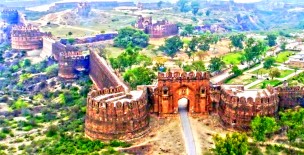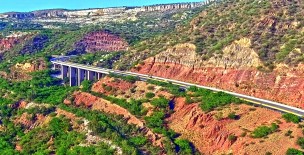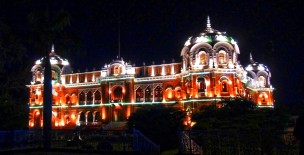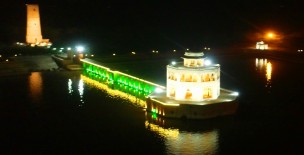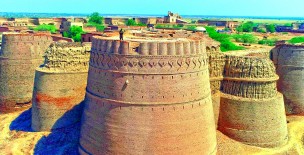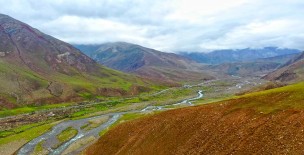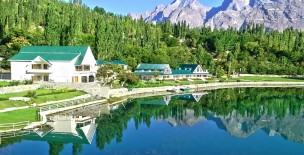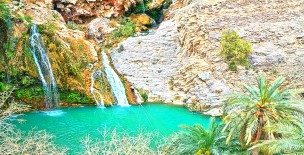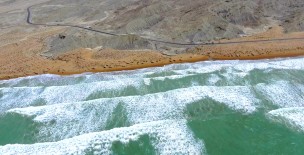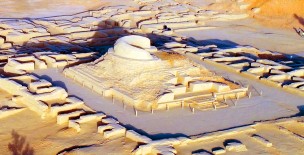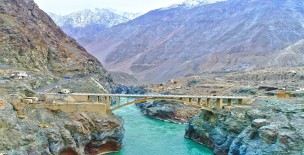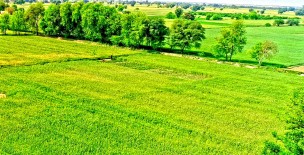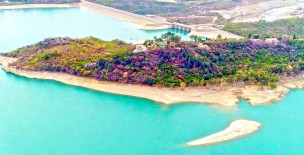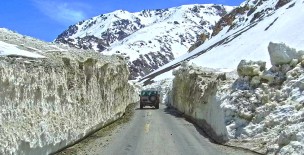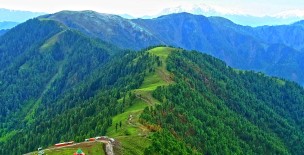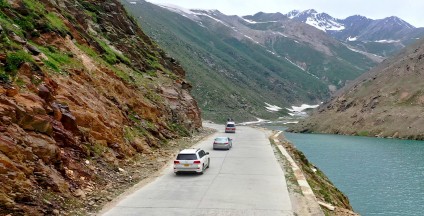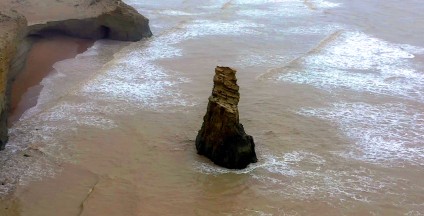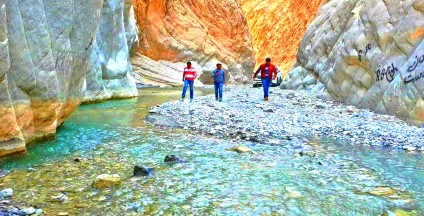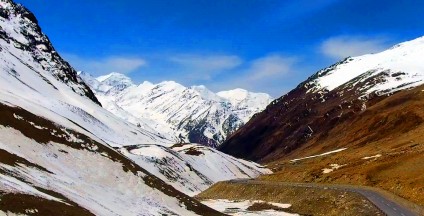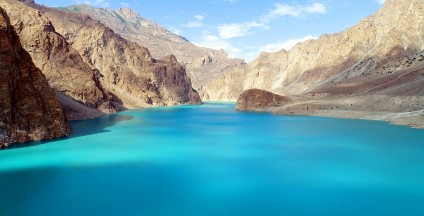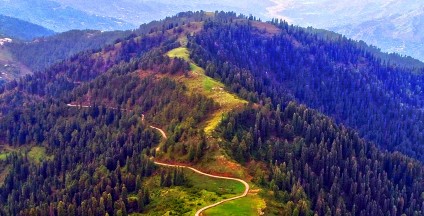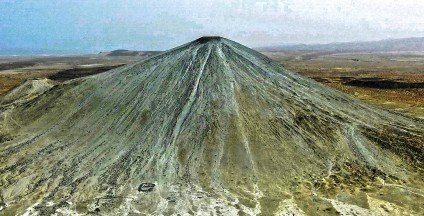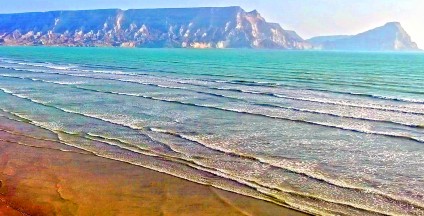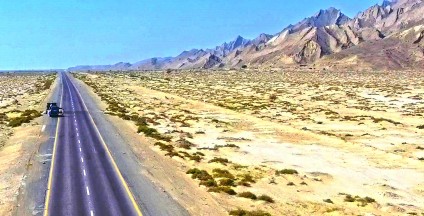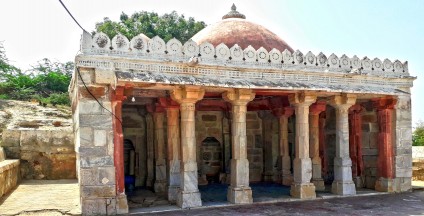The Chenab River is a major river that flows in India and Pakistan, and is one of the 5 major rivers of the Punjab region. The waters of the Chenab were allocated to Pakistan under the terms of the Indus Waters Treaty.
It rises in the upper Himalayas in the Lahaul and Spiti district of Himachal Pradesh state, India, and flows through the Jammu region of Jammu and Kashmir into the plains of Punjab, Pakistan, before flowing into the Indus River near the city of Uch Sharif.
The river is formed by the confluence of two rivers, Chandra (moon) and Bhaga, at Tandi, 8 km southwest of Keylong, in the Lahaul and Spiti district in the Indian state of Himachal Pradesh.
The Bhaga river originates from Surya taal lake, which is situated a few kilometers east of the Bara-lacha la pass in Himachal Pradesh.
The Chenab river was called Asikni in the Rigveda (VIII.20.25, X.75.5). The name meant that it was seen to have dark-coloured waters.
The term Krishana is also found in the Atharvaveda. A later form of Askikni was Iskamati and the Greek form was Ancient Greek: Akesínes; Latinized to Acesines.
In the Mahabharata, the common name of the river was Chandrabhaga because the river is formed from the confluence of the Chandra and the Bhaga rivers.
The simplification of Chandrabhaga to 'Chenab', with evident Persianate influence, probably occurred in early medieval times and is witnessed in Alberuni.
The Chandra river originates from glaciers east of the same pass. This pass also acts as a water-divide between these two rivers.
The Chandra river transverses 115 km (71 mi) before the confluence. The Bhaga river transverses through narrow gorges a distance of 60 km (37 mi) before the confluence at Tandi.
Punjab & Islamabad - Chenab River - Punjab
Related Videos
Leave a Comment:
For comment please login first: Login here


